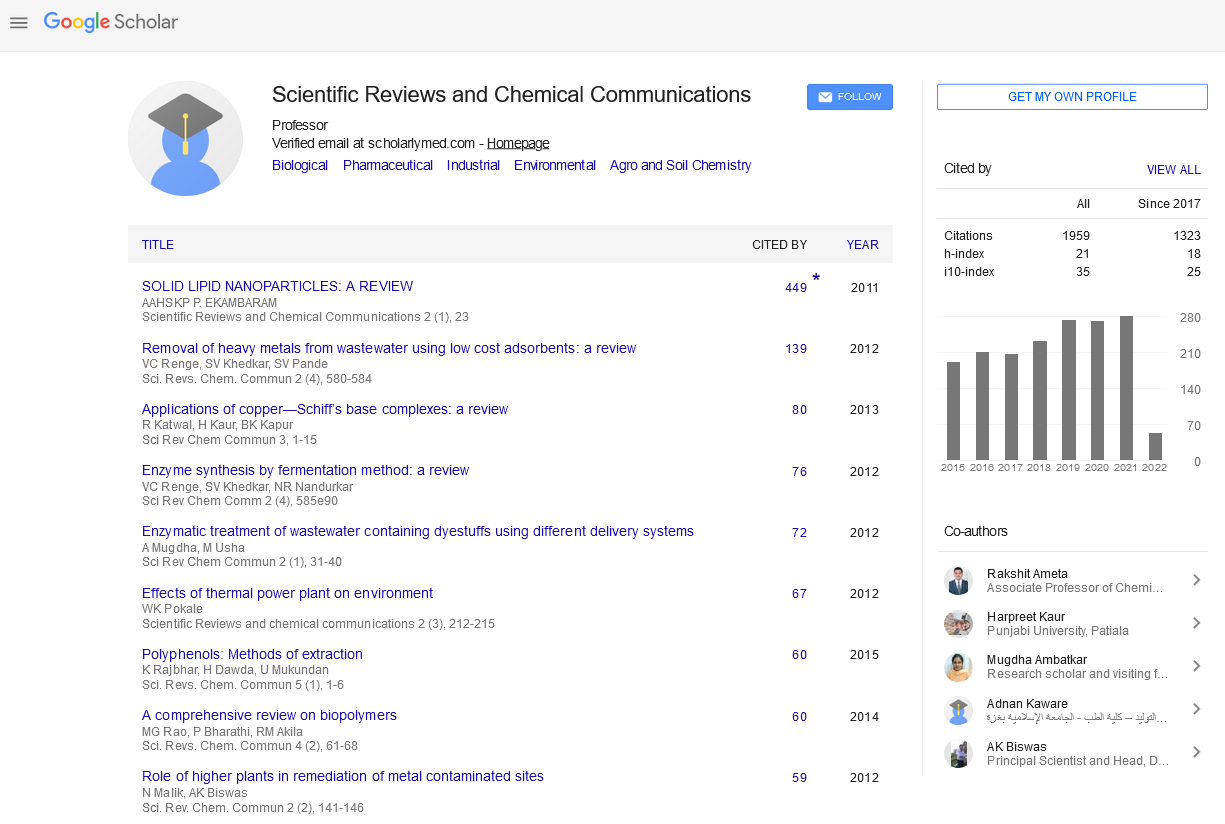摘要
注意编辑公告:
作者(年代):弹性体是一种具有粘弹性(即既有粘性又有弹性)的聚合物,分子间作用力较弱,与其他材料相比,一般杨氏模量较低,破坏应变较高。这个术语是弹性聚合物的合成词,经常与橡胶互换使用,尽管后者在指硫化物时更受欢迎。组成聚合物的每个单体通常是碳、氢、氧和硅等几种元素的化合物。弹性体是维持在其玻璃化转变温度以上的无定形聚合物,因此在不破坏共价键的情况下进行相当大的分子重构是可行的。在环境温度下,这种橡胶相对柔顺(E≈3 MPa)和可变形。它们的主要用途是密封件、粘合剂和成型柔性部件。不同类型橡胶的应用领域是多种多样的,覆盖部分如轮胎,鞋底,阻尼和绝缘元件。这些橡胶的重要性可以从2020年全球收入预计将上升到560亿美元这一事实中判断出来。IUPAC将“弹性体”定义为“显示橡胶样弹性的聚合物”。具有弹性的类橡胶固体称为弹性体。 Polymer chains are held together in these materials by relatively weak intermolecular bonds, which permit the polymers to stretch in response to macroscopic stresses. Elastomers are usually thermosets (requiring vulcanization) but may also be thermoplastic (see thermoplastic elastomer). The long polymer chains cross-link during curing, i.e., vulcanizing. The molecular structure of elastomers can be imagined as a ‘spaghetti and meatball’ structure, with the meatballs signifying cross-links. The elasticity is derived from the ability of the long chains to reconfigure themselves to distribute an applied stress. The covalent cross-linkages ensure that the elastomer will return to its original configuration when the stress is removed.

